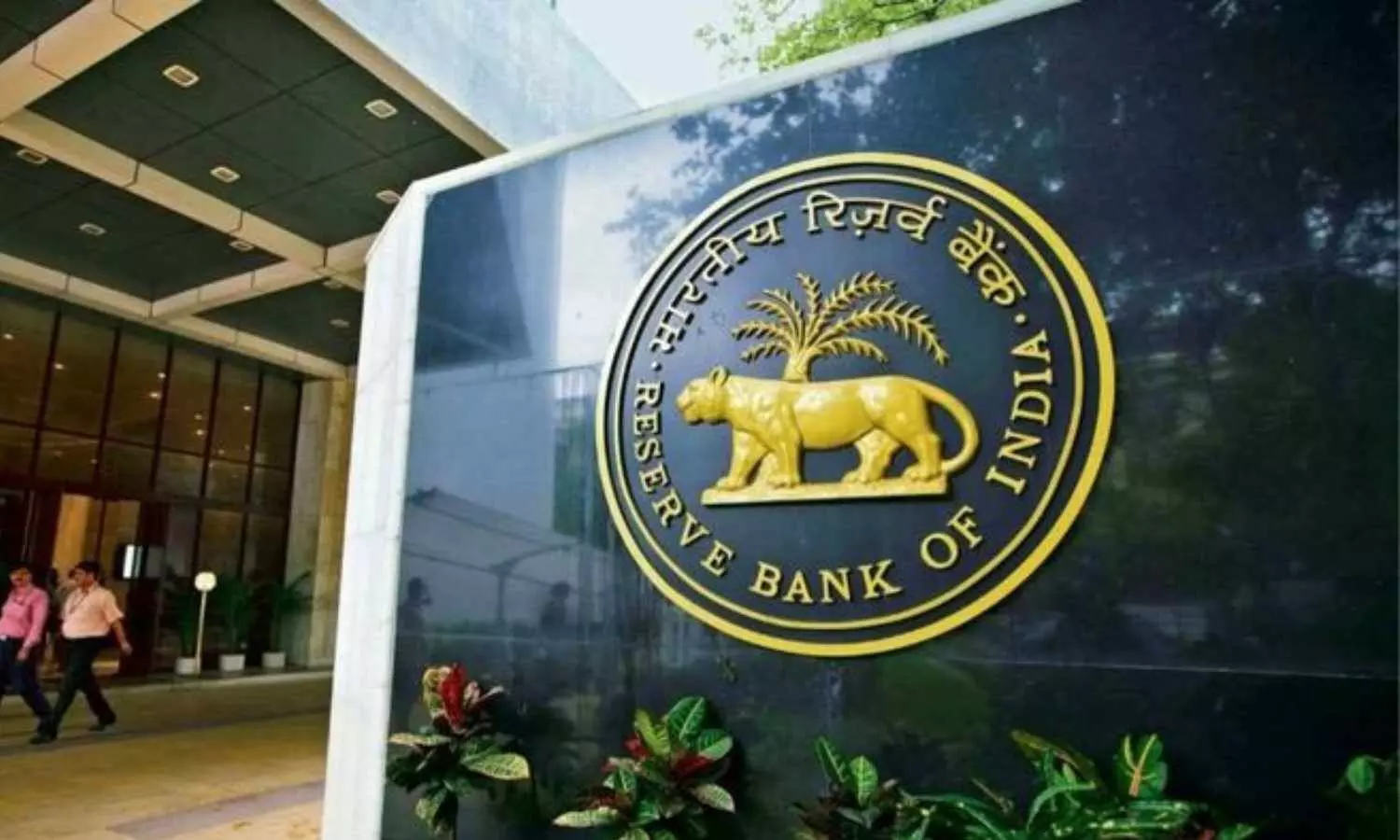RBI Rate Cut Brings Relief – Loans to Cost Less Now
Other borrowings, including home loans, are expected to become more affordable due to the Reserve Bank of India reducing the repo rate by 25 basis points and pledging that the system will remain in line with excess liquidity in the face of global instability, brought on due to the tariff war.
RBI Rate Cut Brings Relief – Loans to Cost Less Now

Business news: The MPC (MPC) unanimously approved a reduction in the repo rate - which is the rate at which the RBI loans money to banks by reducing it from 6.25 percent to 6% and also to shift the direction of policy of monetary policy from neutral to accommodating. The cut in rate follows the 25-basis point reduction in February, and a pledge from the central bank to make the next decision will be to reduce rates or stay rates at.
In announcing the decision, RBI director Sanjay Malhotra also revised his growth and inflation forecasts in 2025 and 2026, by 20 basis point to 6.5 percent and 4percent in each case. In a press conference, Malhotra stated that the aim was to secure that there was a surplus in liquidity to the tune of 1% deposit at banks, which amounts to around the sum of 2.3 lakh crore compared to the current surplus in liquidity of 1.5 million crore.
Malhotra stated that Malhotra was more concerned with the effects that tariffs can have on the growth of the economy than inflation, due to the limiting effect from US president Donald Trump's levies on the global economy.
"First and foremost, uncertainty in itself dampens growth by affecting investment and spending decisions of businesses and households. Second, the dent on global growth due to trade frictions will impede domestic growth. Third, higher tariffs shall have a negative impact on net exports," Malhotra stated on Wednesday.
"There are, however, several known unknowns - the impact of relative tariffs, the elasticities of our export and import demand; and the policy measures adopted by govt including the proposed foreign trade agreement with the US, to name a few. These make the quantification of the adverse impact difficult," he added.

